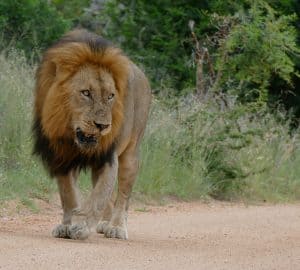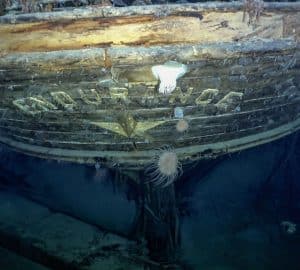
It was 60 years ago today, at 11:30 am on May 29, 1953, that climbers Edmund Hillary and Tenzing Norgay set foot upon the summit of Mount Everest, the top of the world. This was the ninth try for the British, and one of their foremost climbers, George Mallory, had perished just a few hundred feet from the summit. But this year it would be different. The 1953 British Mount Everest Expedition was under the command of climber Colonel John Hunt. They began climbing the mountain on May 10, assisted by Sherpa porters, people from the same group who accompany the Everest climbers today. They reached Base Camp at at 17,900 feet on April 12. Pressure was high on this expedition as there was a heated competition to be the first to the top. Just the previous year a Swiss expedition had set a new altitude record, coming within 1,000 feet of the summit.
The British expedition continued to work their way up the mountain, establishing camps further and further up the mountain. Their final camp was established under the South Col, at 26,000 feet. It was from there they would make their summit attempt. Hunt had selected two pairs of climbers to make the final dash. The first, Tom Bourdillon and Charles Evans, set out on May 26, but they were not able to reach the summit. They came within 300 feet, but problems with their breathing equipment left them without enough oxygen to make the top.
Hillary describing the Climb
The next day, May 27, the second pair, Edmund Hillary of New Zealand and Tenzing Norgay, the best Sherpa mountaineer, set out to make the last attempt. The weather was good for the climb. As Hillary later wrote, “The weather for Everest seemed practically perfect. Insulated as we were in all our down clothing and windproofs, we suffered no discomfort from cold or wind. … To my surprise I was enjoying the climb as much as I had ever enjoyed a fine ridge in my own New Zealand Alps.” Approaching the summit, they encountered the final great challenge of the climb – a 40 foot cliff today known as Hillary’s step. Hillary was able to find a thin crack leading to the top. Making his way up this, with his crampons gripping the snow and his hands grasping at the holds on the rock, he reached the top of the step, soon followed by Tenzing. Realizing that the summit was actually within reach, they pushed along a ridge that seemed to never end. Hillary wrote this of the final moments of the climb:
I was beginning to tire a little now. I had been cutting steps continuously for two hours, and Tenzing too was moving very slowly. As I chipped steps around still another corner, I wondered rather dully just how long we could keep it up. Our original zest was now quite gone and it was turning more into a grim struggle. I then realized that the ridge ahead, instead of still monotonously rising, now dropped sharply away, and far below I could see the North Col and the Rongbuk Glacier. I looked upwards to see a narrow snow ridge running up to a snowy summit. A few more whacks of the ice axe in the firm snow and we stood on the top.
They soon headed back down, and after a tiring climb arrived safely back to their camp. They didn’t wait to get the news back to civilization. Coming down the mountain a runner took the message to the nearest wireless station. They had written, “”Snow conditions bad. advanced base abandoned yesterday. awaiting improvement.” But a code had been arranged to keep the message secret, and so the success of the expedition was announced in England that very day, at the coronation of Queen Elizabeth II.

Some say that Everest has been conquered, but Hillary never would. About 4,000 people have since made it to the top, but over 200 have died trying. As climbers make their way to the top today, they can still catch sight of frozen bodies in the snow, warnings of the dangers of the mountain.





This is one of my favourite ‘Hazardous Journeys’ stories from history. Thanks for posting!
William